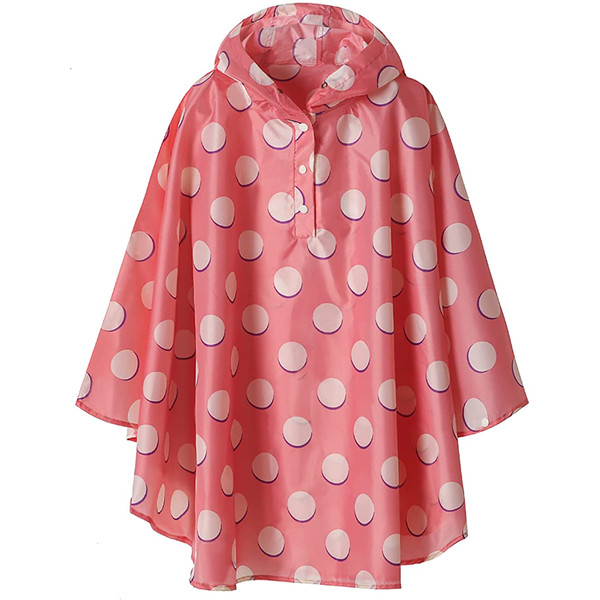 rainwears@163.com may@may-rain.com
rainwears@163.com may@may-rain.com Mon to Friday: 8.00 am - 7.00 pm
Mon to Friday: 8.00 am - 7.00 pm
disposable gloves use in first aid
The Importance of Disposable Gloves in First Aid
In the realm of first aid, the use of disposable gloves is an essential practice that ensures both the safety of the responder and the patient. Whether in a professional healthcare setting or during a casual encounter of providing assistance to someone in need, gloves play a critical role in infection control and cross-contamination prevention.
First and foremost, disposable gloves provide a barrier between the first aider and the patient. In situations where blood, bodily fluids, or other potentially infectious materials are present, gloves act as a first line of defense. For anyone administering first aid, the risk of exposure to pathogens like HIV, Hepatitis B and C, and other communicable diseases is a genuine concern. By wearing gloves, responders can significantly lower this risk, ensuring their own health is protected while attending to others.
The Importance of Disposable Gloves in First Aid
Convenience and accessibility are other notable advantages of disposable gloves. They are lightweight, easy to put on, and readily available in many first aid kits. In emergencies, time is of the essence, and being able to don a pair of gloves quickly can make a significant difference in response times. This ease of use means that those trained in first aid can act swiftly and effectively when seconds count.
disposable gloves use in first aid

The material of disposable gloves is also designed to provide tactile sensitivity, allowing first aiders to perform necessary procedures without losing the ability to feel what they are doing. This becomes particularly important in situations that require fine motor skills, such as applying bandages, performing CPR, or handling delicate medical equipment. The right type of gloves ensures that responders can maintain their dexterity while still being protected.
Education and training in first aid are critical, but even the most skilled responders must recognize the importance of proper glove use. It’s crucial to remember that gloves are not a substitute for hand hygiene. First aiders should always wash their hands thoroughly before and after glove use to further reduce the risk of contamination. Additionally, they must be aware of the proper techniques for putting on and removing gloves to avoid contact with the outside surface, where contaminants can reside.
Lastly, it is essential to dispose of gloves correctly after use. Reusable gloves are not typically recommended for first aid situations because they can carry pathogens from one incident to another. Disposable gloves should be removed carefully, turned inside out when taking them off, and discarded immediately in a proper waste container to prevent any potential spread of contaminants.
In conclusion, disposable gloves are a vital component of first aid. They provide essential protection for both the responder and the patient, help prevent the spread of infections, and enhance the overall efficacy of emergency care. It is a responsibility that comes with the privilege of providing aid to those in distress. As first aiders, understanding the importance of gloves and adhering to safe practices can make all the difference in emergency situations. Always remember safety first!
-
Children's Fashion Waterproof Printed Raincoats | Kids Gear
NewsJul.31,2025
-
Silver Printed Women’s Jacket – Stylish, Lightweight & Trendy Outerwear
NewsJul.30,2025
-
Fashionable Design Long Raincoat Rain Poncho Waterproof Polyester
NewsJul.30,2025
-
High Lighting Reflective Rain Jacket Windbreaker Safety Jacket for Adult
NewsJul.29,2025
-
Disposable PE Rain Poncho - Lightweight, Waterproof, Easy to Carry
NewsJul.29,2025
-
Stylish Lady Coat Women Jacket – Trendy & Elegant Outerwear
NewsJul.29,2025































